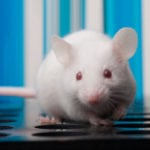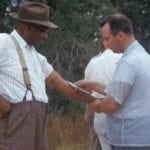 Mysteries
Mysteries  Mysteries
Mysteries  History
History 10 Surprising Stories About the Texas Rangers
 Humans
Humans 10 Philosophers Who Were Driven Mad by Their Own Theories
 Miscellaneous
Miscellaneous 10 Video-Game-Worthy Weapons and Armors from History
 Weird Stuff
Weird Stuff 10 Psychics Who Accurately Predicted Wartime Events
 The Arts
The Arts 10 Pieces of Art Inspired by a Broken Heart
 Health
Health 10 Science Fiction-Sounding New Medical Treatments
 History
History 10 Surprising Facts About the Father of Submarine Warfare
 Space
Space Ten Astonishing New Insights into Alien Worlds
 Weird Stuff
Weird Stuff 10 Bizarre Summer Solstice Rituals Still Practiced Today
 Mysteries
Mysteries Top 10 Haunting Facts About the Ghost Ship MV Alta
 History
History 10 Surprising Stories About the Texas Rangers
 Humans
Humans 10 Philosophers Who Were Driven Mad by Their Own Theories
Who's Behind Listverse?

Jamie Frater
Head Editor
Jamie founded Listverse due to an insatiable desire to share fascinating, obscure, and bizarre facts. He has been a guest speaker on numerous national radio and television stations and is a five time published author.
More About Us Miscellaneous
Miscellaneous 10 Video-Game-Worthy Weapons and Armors from History
 Weird Stuff
Weird Stuff 10 Psychics Who Accurately Predicted Wartime Events
 The Arts
The Arts 10 Pieces of Art Inspired by a Broken Heart
 Health
Health 10 Science Fiction-Sounding New Medical Treatments
 History
History 10 Surprising Facts About the Father of Submarine Warfare
 Space
Space Ten Astonishing New Insights into Alien Worlds
 Weird Stuff
Weird Stuff 10 Bizarre Summer Solstice Rituals Still Practiced Today
10 Atrocious Experiments Conducted By Unit 731
The events of World War II may show humanity at its lowest point. Clashing political ideologies and the ensuing worldwide combat produced a nearly unprecedented level of bloodshed and destruction.
Although the Holocaust showed the extreme nature of the war and the horrifying extent to which a nation could be driven, Japan’s Unit 731 facilities, an Auschwitz equivalent, held their own horrors in human experimentation. These are just some of the experiments that were performed during the unit’s existence from 1936 to 1945.
10 Dismemberment

Like experiments at Auschwitz and other Nazi concentration camps, Unit 731 doctors and researchers studied the potential survival of soldiers on the battlefield. But instead of using Japanese soldiers for these experiments, Unit 731 used Allied POWs as well as Chinese and Russian civilians.
One such war-influenced experiment was in various dismemberments, particularly limb amputations, to study the effects of blood loss. Other forms of dismemberment were purely experimental and not combat-related. For example, some amputated limbs were reattached to other sides of the body. Other times, limbs were frozen and amputated until only the victim’s head and torso remained.
Often, this was done without anesthetic for fear of negatively affecting the experiments. Test subjects were degradingly called marutas (“logs”), a reference to the phrase, “How many logs fell?”
9 Nanjing Atrocities
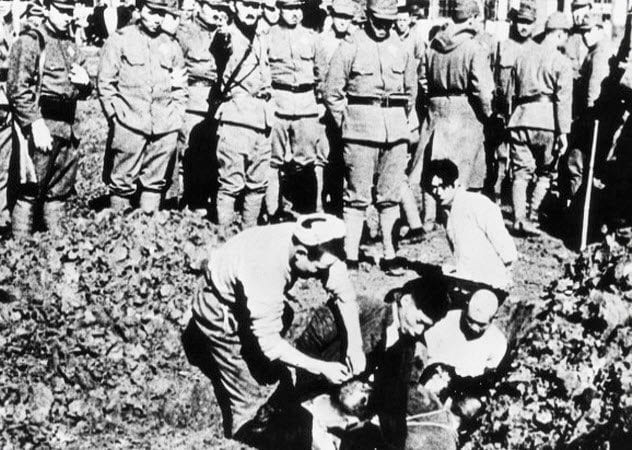
Unit 731 was one of the two most infamous, large-scale war crimes committed by Japan during the Second Sino-Japanese War. The second war crime was the Nanjing Massacre.
Besides the atrocities committed, the correlation between the two war crimes was that many POWs and civilians captured during the campaign were used in the Unit 731 experiments. By and large, the anti-Chinese sentiment was still in place between the two events. As soon as Japanese soldiers entered China’s capital in December 1937, the city was host to mass murder and rape.
After the orders to eliminate all captives eventually arrived, no one was spared. The atrocities included beatings, drownings, decapitations, mass theft, forced incestuous rape, live burials, addictive drug distribution, and numerous unrecorded crimes.
There was even a contest between two Japanese officers to see who would kill 100 people with a sword first. Unlike many of the participants in Unit 731, however, these officers were tried and executed.
8 Vivisection
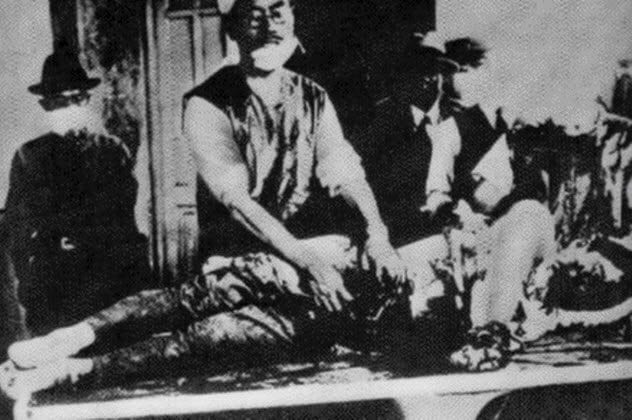
One of the most common and brutal experiments performed was vivisection. This was done on live subjects without anesthesia as it was believed that the symptoms of decay after death would skew results.
One purpose of these vivisections was to practice surgery. In fact, multiple different surgeries were often performed on a subject. Once the victim was of no more use, he was killed and dissected before being burned or placed in a large burial pit.
Other times, vivisections were performed to see the internal effects of diseases. Vivisections were also part of crude experiments, like the removal of the stomach and the attachment of the esophagus to the intestines. Images of and testimonies about these surgeries are available online. But view them with discretion as they are extremely graphic.
7 Lethal Injections
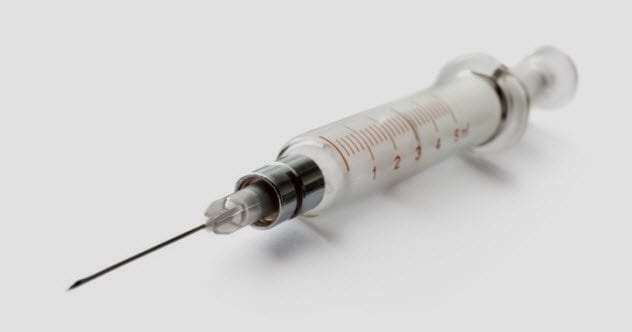
Initially, many of Unit 731’s disease experiments were performed as preventative measures. The Japanese had found that 89 percent of battlefield deaths from the First Sino-Japanese War were from diseases. But these experiments into preventative medicines and vaccines evolved into offensive use as the war progressed.
Unit 731 was split into eight divisions. The first focused on experimenting with bacteriological diseases, including the bubonic plague, cholera, anthrax, typhoid, and tuberculosis. These bacteria were injected into subjects regularly, and the resulting infections were studied. The outcomes became increasingly deadly because many people lived in communal cells.
The Japanese also studied the effects of injecting humans with animal blood, air bubbles that caused embolisms, and seawater. These seawater injections were similar to the seawater ingestion experiments at Auschwitz.
6 Venereal Diseases
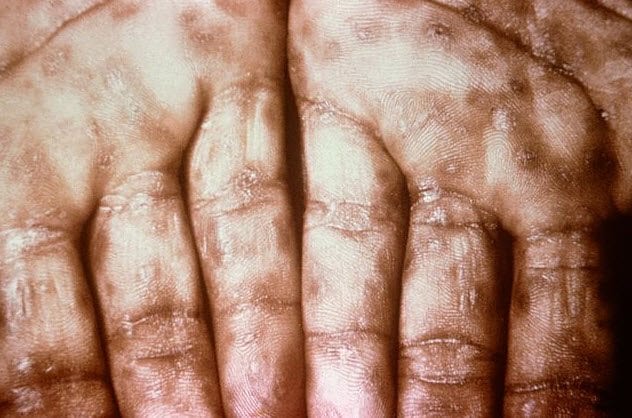
Children were not exempt from the unit’s atrocities as vertical transmission from mother to fetus was studied. This included diseases like syphilis. The researchers studied how syphilis would affect the resulting baby’s health and how it would harm the mother’s reproductive system. Although we don’t know the number of children born in captivity, it is known that none had survived when the unit dissolved in 1945.
While diseases like tuberculosis and smallpox could be injected, syphilis and gonorrhea required a different method of infection. This was done using a male and a female, one of whom was infected. The couple was forced to have sexual intercourse under threat of being shot. The infected bodies were later vivisected to see the internal results.
5 Frostbite
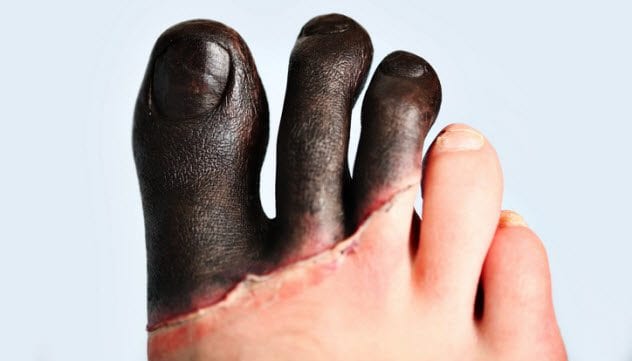
One of the more horrifying series of experiments revolved around extreme temperatures. While extreme heat was also used on test subjects, extreme cold was used more often as it was suited to certain facility climates in Japan.
After the test subjects were taken outside in the cold, water was intermittently poured on their arms until frostbite set into the affected areas. Other times, limbs were frozen and subsequently thawed to study gangrene.
One might wonder how the researchers could tell that the arms were frostbitten. According to one officer’s testimony, frostbite had occurred if the “frozen arms, when struck with a short stick, emitted a sound resembling that which a board gives when struck.”
However, these experiments did yield scientific findings. The unit determined that rubbing a frostbitten area was not the most effective treatment. Instead, it was better to treat frostbite by immersing the affected area in water warmer than 37.8 degrees Celsius (100 °F) but cooler than 50 degrees Celsius (122 °F). A scene depicting this experiment is featured in the 1988 film Men Behind the Sun with some artistic license.
4 Sexual Assault

The rape and sexual assault of women occurred with tragic frequency in Unit 731. Like the mass rapes and sex slavery exhibited during the Nanjing Massacre (aka “The Rape of Nanjing”), sex crimes committed by Japanese soldiers and researchers were rampant. Although these unlawful acts were committed for pleasure, they were sometimes justified by the researchers as experiments about venereal diseases.
However, one guard’s account of a researcher shows the disturbing and casual nature of these crimes. According to the guard, the researcher “told me that one day he had a human experiment scheduled, but there was still time to kill. So he and another member took the keys to the cells and opened one that housed a Chinese woman. One of the unit members raped her.”
3 Special Chamber Experiments
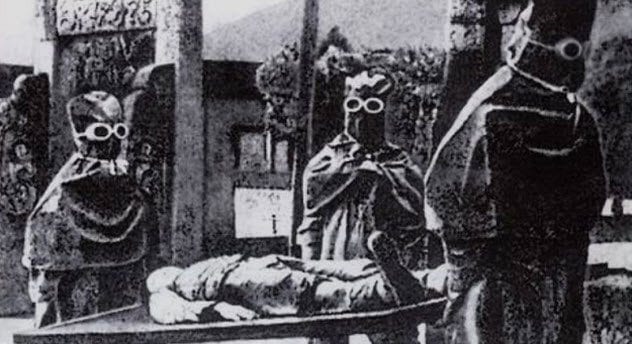
Although Unit 731 did plenty of testing in the field, the 6-square-kilometer (2.3 mi2) facility was host to numerous buildings for specific experiments. Many of these buildings were used to raise fleas and culture pathogens, but some were specially built for testing.
A centrifuge was built to examine how much force it would take to cause death. High-pressure chambers pushed victims’ eyes out of their heads. Forced abortions and sterilizations were conducted, and subjects were treated to lethal doses of X-rays.
In an experiment to observe the innate bond between mother and offspring, a Russian mother and her child were monitored in a glass chamber while poisonous gas was pumped in. The mother covered her child in an attempt to save her, but both ultimately succumbed.
2 Weapons Testing
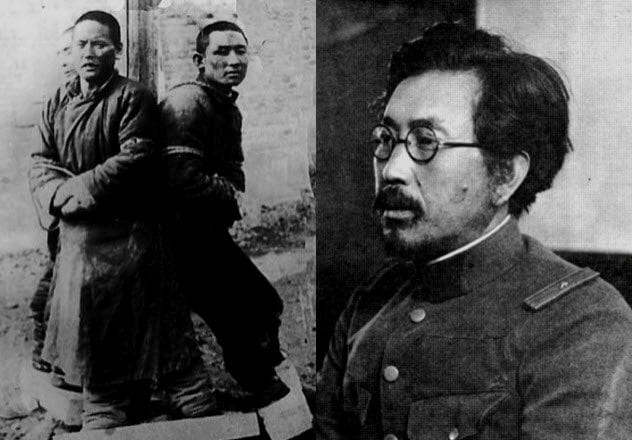
In Unit 731, human subjects were also used in weapons testing at many facilities. The victims were typically taken to an experimental field like Anda and tied to wooden posts for testing. Then the victims had plague-spreading bombs dropped on them en masse, were used for target practice, had grenades lobbed at them, or were burned with flamethrowers.
This was very similar to the Imperial Japanese Army’s protocol to use captured Chinese soldiers for bayonet practice. Nevertheless, it’s an example of the unnecessary cruelty exhibited at the Unit 731 facilities.
1 Biological Warfare
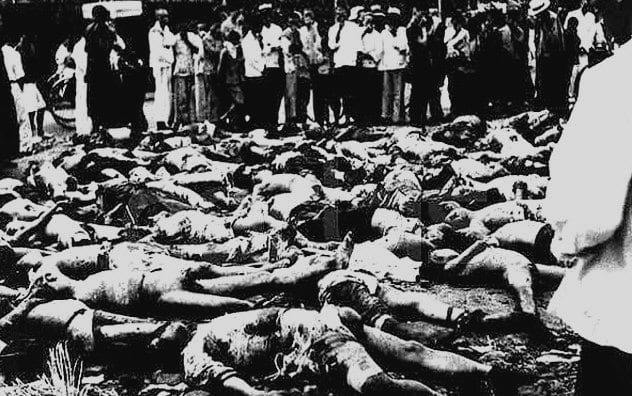
World War I brought technological advances in warfare, particularly biological warfare. Inspired by the success produced by these bioweapons (particularly the chlorine gas used during the Second Battle of Ypres), General Shiro Ishii, the director of Unit 731, experimented extensively in this area.
In addition to dropping bombs filled with diseases like anthrax, cholera, typhoid, and bubonic plague on prisoners, Ishii designed a special porcelain-shelled bomb that allowed infected fleas to disperse and infect a wider area. Again, subjects were often tied to stakes and bombed. Scientists in protective suits examined the bodies afterward.
Other times—such as on October 4 and 29, 1940—low-flying airplanes sprayed plague bacteria in the Chechiang province in China, killing 21 and 99 people, respectively. However, estimates for the total number of Chinese killed in this manner vary from 200,000–580,000 people.
The Japanese regarded the Chinese as inferior. As a result, the Chinese were considered viable test subjects for these attacks. We can only speculate as to what the unit would have done on a larger scale with these biological weapons.
Thatcher Boyd is a writer, actor, film lover, and drinker of a LOT of black coffee. You can reach him here to collaborate, communicate, or just shoot the breeze.


